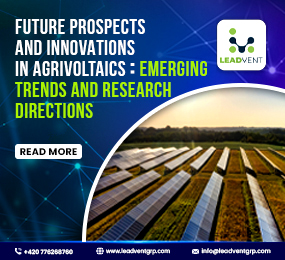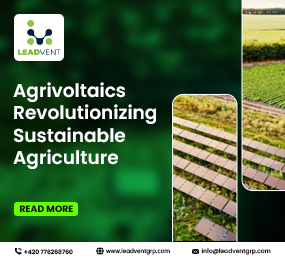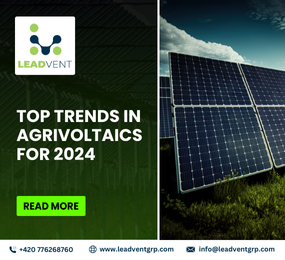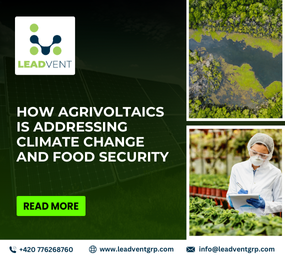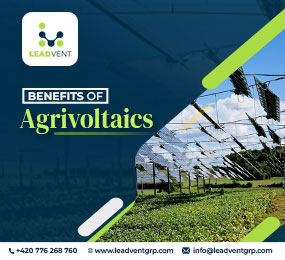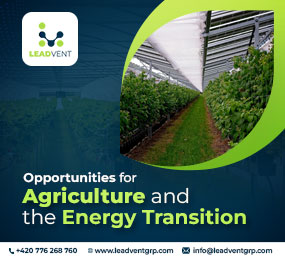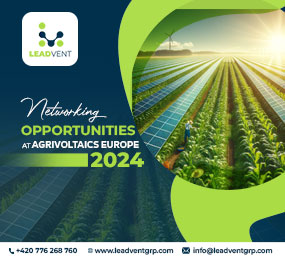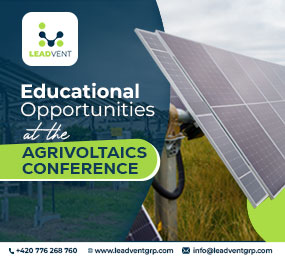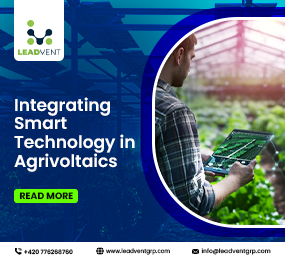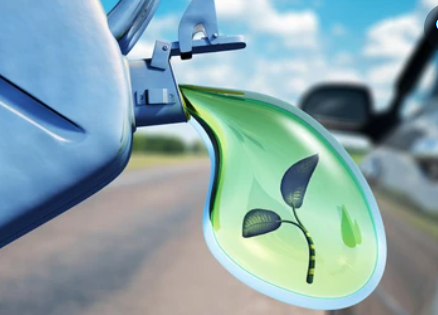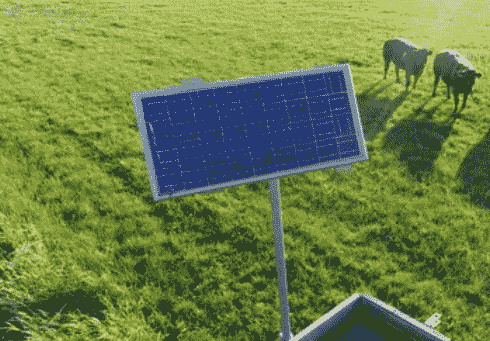Agrivoltaics: Where Agriculture Meets Renewable Energy
As the world confronts the dual challenge of feeding a growing population and shifting to cleaner energy, the pressure on land has never been greater. Traditionally, farmland and solar farms competed for space but a new approach is changing that equation. Agrivoltaics, the practice of integrating solar energy systems with agricultural activity on the same land, is emerging as a smart, sustainable solution.
At its core, agrivoltaics recognizes that land can serve more than one purpose. By installing solar panels above or around crops at the right height, angle, and density it’s possible to generate electricity while still allowing plants to thrive underneath. This not only reduces land-use conflicts but often improves agricultural conditions, especially in regions facing high heat or water stress.
A Win-Win for Energy and Agriculture
In areas with intense sun exposure, crops can suffer from overheating or water evaporation. The shade provided by solar panels can create a more favorable microclimate, preserving moisture and shielding plants from harsh temperatures. Crops like lettuce, tomatoes, leafy greens, and even berries have shown improved yields under such partial shading.
At the same time, the solar panels generate clean, renewable electricity that can either power the farm or be sold back to the grid, providing farmers with a reliable second income stream. In some setups, panels are equipped with trackers that move with the sun and adjust light exposure for both optimal energy production and crop health.
This dual-use model is especially important for regions where arable land is limited but renewable energy demand is rising making agrivoltaics a key strategy in addressing both food security and energy transition.
Bridging Policy, Practice, and Innovation
While the promise is clear, widespread adoption of agrivoltaics depends on policy support, technical expertise, and farmer buy-in. Designing systems that suit local soil, crop types, and climatic conditions takes planning. Pilot projects across Europe, Asia, and parts of Africa are already showing that agrivoltaics can be scalable and cost-effective, particularly when combined with water-saving irrigation and digital monitoring tools.
Governments and research institutions are beginning to support the transition with grants, training programs, and updated agricultural guidelines helping farmers navigate this new terrain confidently.
Takeaway Point
Agrivoltaics represents a future where agriculture and clean energy don’t compete, but collaborate. It’s not just about maximizing land use it’s about rethinking how we approach sustainability. By embracing this integrated approach, we can nourish communities, power homes, and protect the planet all from the same field.
Learn more on our website: https://www.leadventgrp.com/events/4th-annual-agrivoltaics-europe/details
For more information and group participation, contact us: [email protected]
Leadvent Group - Industry Leading Events for Business Leaders!
www.leadventgrp.com | [email protected]


